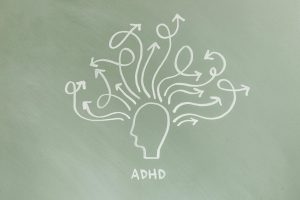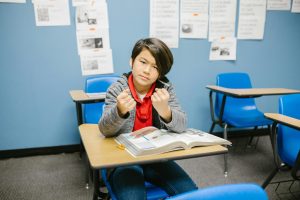Building Strong Teacher-Student Relationships
The relationship between a teacher and their students is essential for creating a positive learning environment and promoting academic success. It goes beyond just the exchange of knowledge and extends to forming a connection that fosters trust, respect, and mutual understanding. Building strong teacher-student relationships should be a top priority for educators, as it can have a significant impact on students’ academic performance, behavior, and overall well-being.
The Importance of Building Strong Teacher-Student Relationships
Research has shown that a strong teacher-student relationship can lead to improved academic outcomes for students. When students feel connected to their teacher, they are more likely to be engaged and motivated to learn. They also tend to have higher levels of self-esteem and self-efficacy, which are essential for academic success.
Moreover, a strong teacher-student relationship can positively affect students’ behavior. When students feel respected and valued by their teacher, they are more likely to exhibit prosocial behaviors and have better self-control. This, in turn, can create a more harmonious and productive classroom environment.
Additionally, building strong teacher-student relationships can have a long-term impact on students’ well-being. It can contribute to developing a sense of belonging and connectedness, which is crucial for mental health and social development. Students who have positive relationships with their teachers are more likely to have a positive attitude towards school and enjoy their learning experiences.
Ways to Build Strong Teacher-Student Relationships
1. Show Genuine Care and Interest
One of the fundamental ways to build strong teacher-student relationships is to show genuine care and interest in your students. Take the time to get to know them as individuals, their interests, strengths, and challenges. Showing that you genuinely care about their well-being and success can help create a sense of trust and mutual respect.
2. Communicate Effectively
Effective communication is the key to any successful relationship, including the one between a teacher and their students. It involves both talking and listening. Teachers should create a safe and open environment for students to express their thoughts and feelings. Paying attention and actively listening to your students can help you understand them better and make them feel heard.
3. Be Fair and Consistent
Students need to feel that they are being treated fairly and consistently. Teachers should be consistent with their expectations, rules, and consequences. This can help create a sense of structure and security for students, making them feel more comfortable and motivated to learn.
4. Provide Positive Feedback
Receiving positive feedback from their teacher can be incredibly encouraging for students. It lets them know when they are doing well and reinforces positive behaviors. Providing specific and genuine praise can help boost students’ self-esteem, which, in turn, can lead to better academic performance and behavior.
5. Collaborate with Parents
Building strong teacher-student relationships also involves working with parents. Parents are essential partners in their children’s education, and involving them in the learning process can help strengthen the teacher-student bond. Communicate with parents regularly, keep them updated on their child’s progress, and involve them in any decision-making processes.
Closing Thoughts
Building strong teacher-student relationships takes effort and time, but the benefits for both the teacher and students are worth it. By creating a positive and supportive learning environment, teachers can help students reach their full potential and contribute to their overall well-being. As the saying goes, “students don’t care how much you know until they know how much you care.” Investing in building strong teacher-student relationships is an investment in your students’ academic and personal growth.










